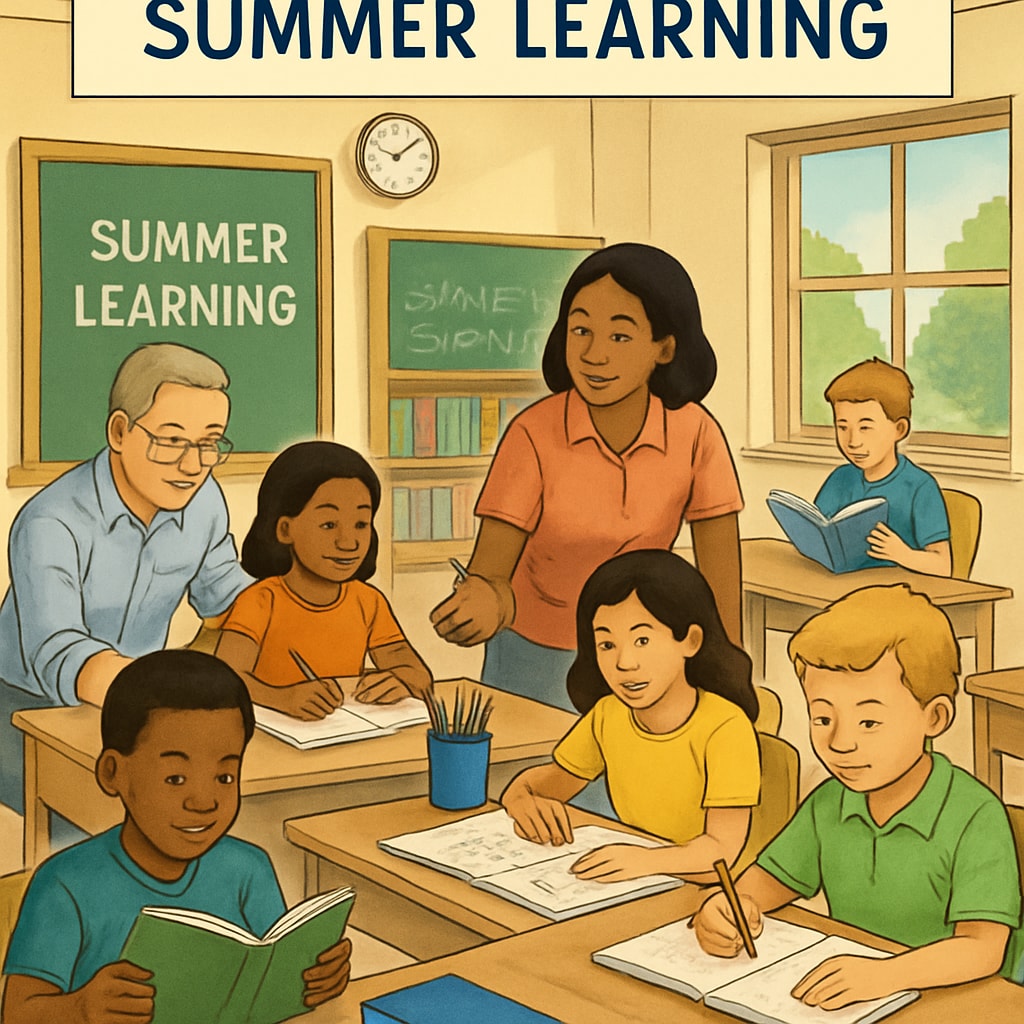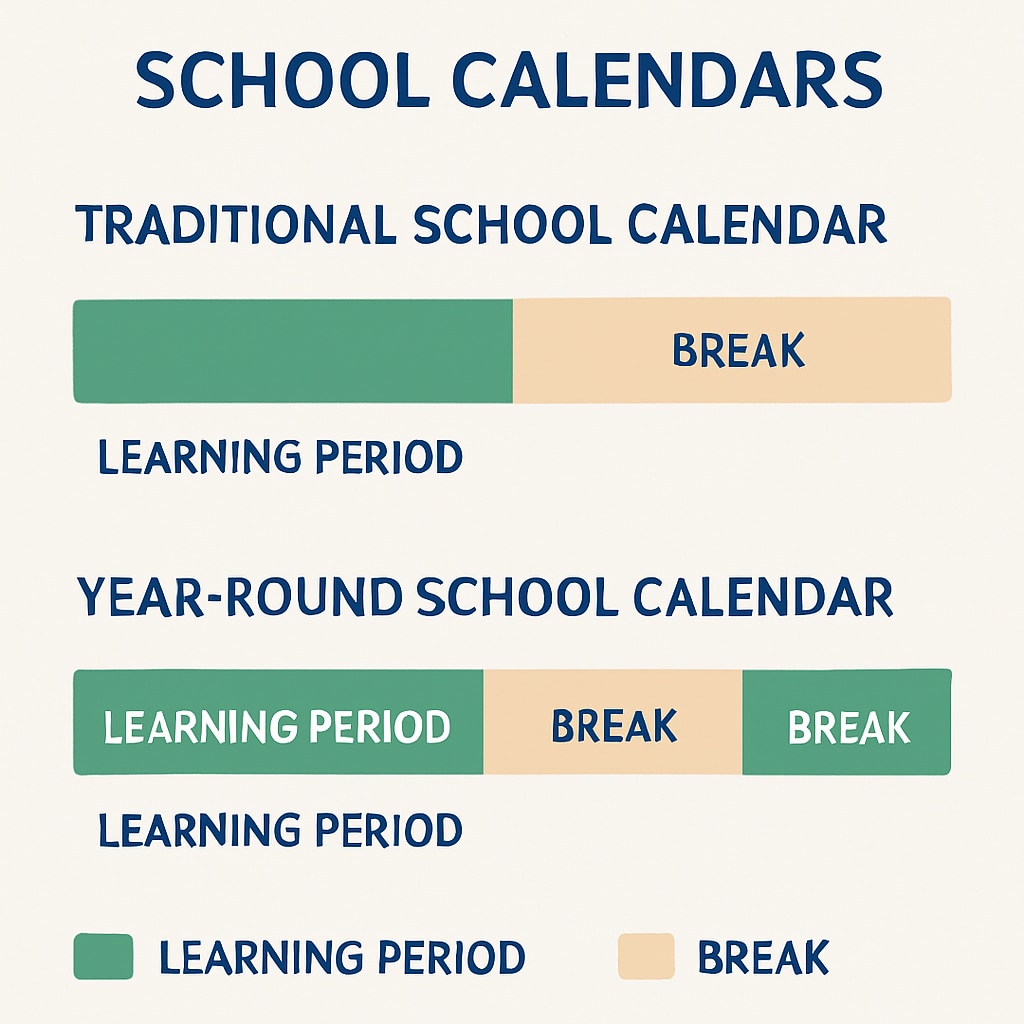The traditional school calendar, with its long summer break, has long been debated for its impact on learning retention. Advocates of year-round school education argue that shorter, more frequent breaks could prevent the so-called “summer slide,” where students lose a significant amount of the knowledge gained during the school year. This article explores the effects of summer vacation, the advantages of year-round schooling, and how educational systems can balance continuous learning with the need for rest.
Why Summer Break May Be a Learning “Black Hole”
Summer break, typically lasting two to three months, offers students a much-needed respite from the rigors of academics. However, studies have shown that prolonged absences from structured learning can lead to significant knowledge loss, particularly in subjects like math and reading. According to research from the Northwest Evaluation Association, students can lose up to 30% of their academic skills during the summer months. As a result, teachers often spend the first few weeks of the new school year reviewing old material rather than moving forward.
The traditional school calendar, rooted in agricultural needs of the past, may no longer be relevant in today’s world. Modern students face mounting academic pressures, and a two-month hiatus may exacerbate the challenges of retaining knowledge and staying competitive.

The Potential Benefits of Year-Round School Models
Year-round school education divides the academic year into shorter learning blocks, followed by more frequent breaks. This model reduces the length of time students are away from academic content, minimizing the risk of learning loss. For example, the 45-15 model involves 45 days of instruction followed by a 15-day break, creating a balanced cycle of work and rest.
Some of the key benefits of year-round education include:
- Improved retention: Shorter breaks help students retain knowledge more effectively.
- Reduced burnout: Frequent breaks allow students and teachers to recharge, promoting mental well-being.
- Flexible scheduling: Schools can stagger vacations to accommodate family needs and reduce overcrowding during peak travel seasons.
Furthermore, year-round schools can better support disadvantaged students who might lack access to educational resources during long summer breaks. Programs like these have been shown to narrow achievement gaps and provide consistent opportunities for learning.

Balancing Learning Continuity with Rest
Despite its advantages, year-round schooling is not without challenges. Critics argue that the model may interfere with extracurricular activities, family vacations, and traditional summer programs. Additionally, implementing such a system requires significant adjustments in school infrastructure, staffing, and community support.
To strike a balance, schools could consider hybrid approaches, such as extended school years with slightly longer breaks or optional summer learning programs. For example, summer camps focused on academic enrichment could help students retain critical skills while still enjoying the season.
Parents and educators must also play a role in ensuring that breaks are productive. Encouraging reading, problem-solving activities, and creative exploration during vacations can supplement formal education and promote lifelong learning habits.
Conclusion: Rethinking Education Models
The debate between year-round school education and traditional summer breaks raises essential questions about the effectiveness of current educational systems. While summer breaks provide valuable time for relaxation and recreation, their impact on learning retention cannot be ignored. Year-round schooling offers promising solutions, but careful consideration of its implementation is crucial to ensure it meets the diverse needs of students and families.
In the end, the goal of any educational model should be to maximize student success by balancing academic continuity with the emotional and physical well-being of learners. Both traditional and year-round approaches have merits, but a well-designed hybrid system may offer the best of both worlds.
Readability guidance: The article uses concise paragraphs, a logical structure, and lists to summarize key points. Over 30% of sentences include transition words for smoother readability.


